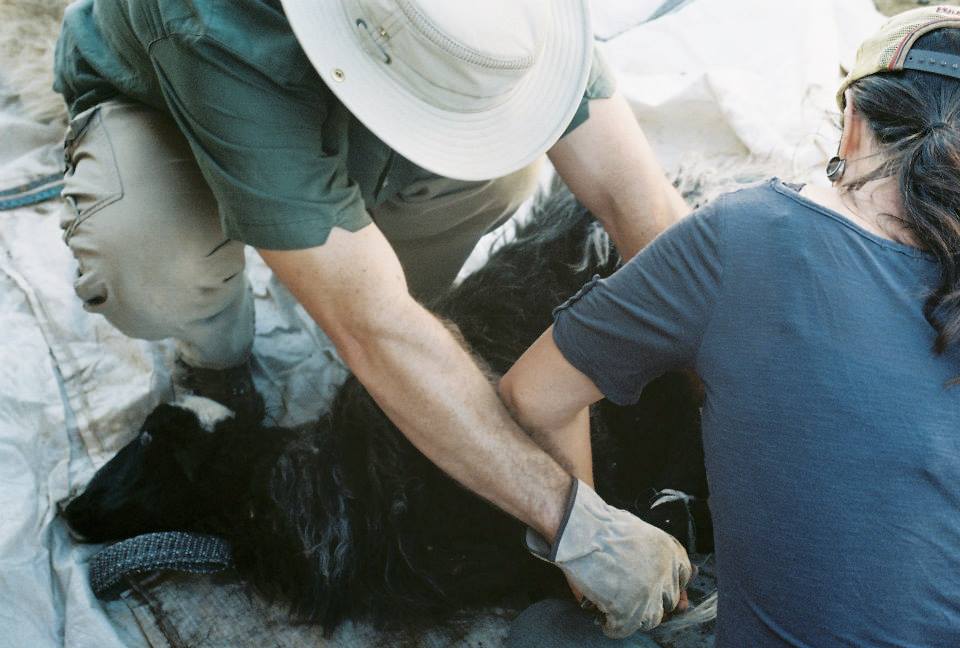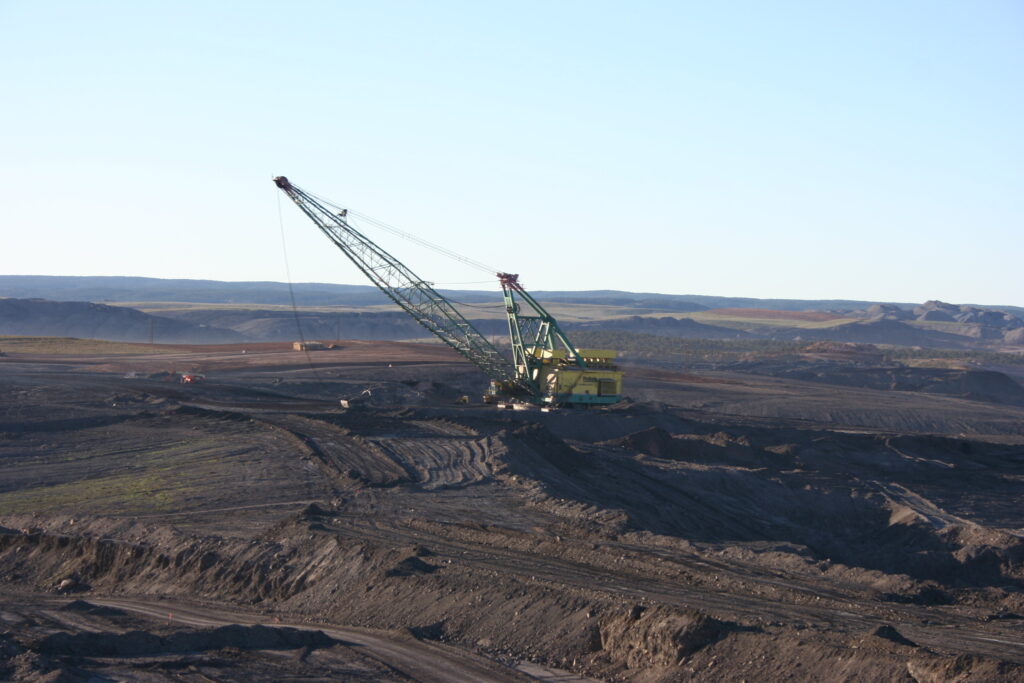Black Mesa, or Big Mountain, is a mesa situated in the northeastern corner of Arizona within the Navajo Nation Reservation. Never heard of it? Not surprising. Few people know about places where the United States treats people more like a totalitarian regime than the “free” country we pledge allegiance to in schools every morning. Just as in Appalachia, people’s lives are being destroyed in the wake of coal industry greed, but on Black Mesa, it is much much worse.
Peabody Coal Company set about gaining access to the vast coal reserves of Black Mesa through a variety of unscrupulous acts, including dishonesty with native elders and the use of industry political and economic power to sway government and tribal officials including the U.S. Bureau of Indian Affairs
Today, just as in Appalachia, the indigenous people of Black Mesa are seeing millions of dollars leave their lands while poverty reigns supreme among their people. A few proud native elders continue to live without electricity and running water on lands they consider sacred and by doing so, our Peabody Coal Company and the US Government made their lives beyond miserable.
My family and I recently had the honor of joining these elders thanks to the efforts of groups like Black Mesa Indigenous Support and their affiliations with Appalachian groups such as the RAMPS Campaign. High on Black Mesa, we joined dozens of other people to camp out on a Navajo homestead for a week, helping the elders with various work around their homestead and sharing our mutual stories of struggle from other places.





It was a different life, rising and going to bed with the sun, herding sheep through desert landscapes where the kids often met with the needle of a prickly pear, found their socks covered in Russian thistle, and fought off the constant biting of desert fleas. We sheared sheep the old fashioned way using hand sheers, we cooked for the elders, and my kiddos even shoveled sheep manure out of a corral. We only spent hours doing what people were accustomed to doing all of their lives and we learned a great deal of respect in doing so.
Back at the homestead, we heard stories from Palestinians, Native Hawaiians, the Lakota peoples of Oklahoma, and we heard detailed accounts of the struggles of the Diné peoples (Navajo) of Black Mesa. We learned that Palestinians were the American Indians of Israel. Their people had lived there for generations, many of whom farmed olive trees and lived as pastoralists grazing their small livestock. But following World War II, white Ashkenazi Jews decided to take Israel as their own, much like western Europeans took North American from the American Indians. We learned that Hawaiians never decided to accept the United States as their nation, that they were instead forced into signing treaties under the threat of death.
It was the same story over and over and over again. People who only wanted to live by the old ways caring for the land as it cared for them, not asking for anything in return, and yet finding themselves fighting each day hoping that the spoiled reckless greed of our civilization will not continue desecrating the lands and culture they have clung to for thousands of years.
The more we learned, the more disgusted we became.
As we stayed and listened to these stories, it was apparent that our fights were the same. Though the elders did not agree with the mining, and the people living there did not sign the land to Peabody, they were still being forced to relocate. Terrible laws were implemented such as the Bennette Freeze preventing anyone living on lands slated to be mined from fixing their homes, even broken windows, or from building any new structures. Instead, they were offered small sums of money and new homes on different parts of the Navajo Nation, but those areas had been previously mined for uranium. Those who did relocate often succumbed to cancer. Including children.
Laws were even created to limit the amount of livestock residents were allowed to own—their primary source of food and income. Hopi Rangers (Federal Agents) were tasked with confiscating “excess” livestock right from people’s homesteads.1 Sadly, these are not new tactics. Millions of buffalo were ordered killed to weaken the Lakota and Dakota people during the late 1800s, forcing them into near starvation, and making it easier to break treaties when gold was thought to be on their lands.
Peabody’s atrocities towards the Navajo did not end with land acquisition and forced relocation but runs deeper still into the Navajo Aquifer. Peabody accessed the Navajo aquifer where they used millions of gallons of water a day to pump slurried coal to a power plant. The wells and springs of the people began to dry up, forcing the elders to truck water to their homesteads.
We heard stories from the elders of how they would be abused, shoved to the ground, and threatened with bodily harm. I thought to myself, “Would the people of Appalachia who proudly support ‘Friends of Coal’ allow their grandmothers and grandfathers to be shoved to the ground, to have their livestock confiscated, or to be prevented from repairing their own homes?” I knew the answer, but I also knew how ignorant coal company supporters can be towards things not directly affecting them.
Standing on a hill above the homestead I watched the massive drag-lines swinging back and forth on the horizon and the plumes of dust rising from blasts. I knew the mine was ever approaching and feelings of deep sorrow mixed with feelings of tremendous respect for the people living here. A thousand miles away from my Appalachian home in a foreign environment, I began to feel our connections even more: the power of all life, the struggles we all face, and the need to protect our children’s future. If only people could understand as the native elders do—that the land, the water, and the air are more important than any man-made economy ever could be.
This is America. It is not the land of the free.
- A year after we were there, this was posted on Indigenous Action ↩︎

